Are you interested in exploring historic homes? Here are the must-see historic houses in Asturias:
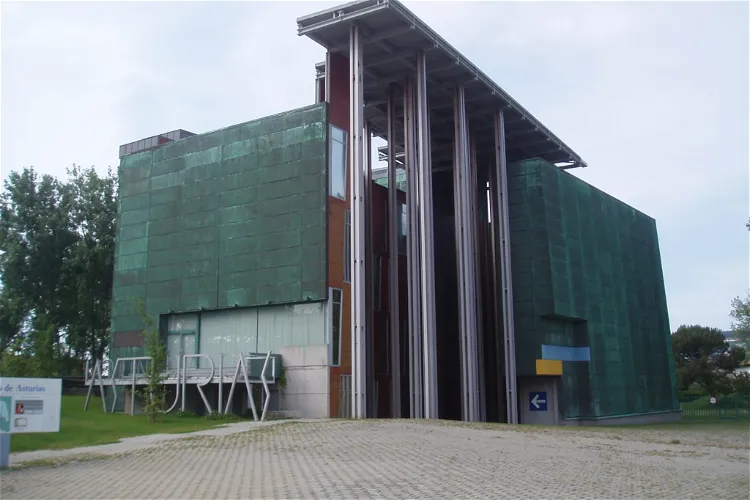
Museum of the Asturian People
GijónThe Museum of the Asturian People is situated in the city of Gijón, in the Principality of Asturias, Spain. This location is easily accessible for tourists visiting the region and offers a unique insight into the culture and history of the Asturian people.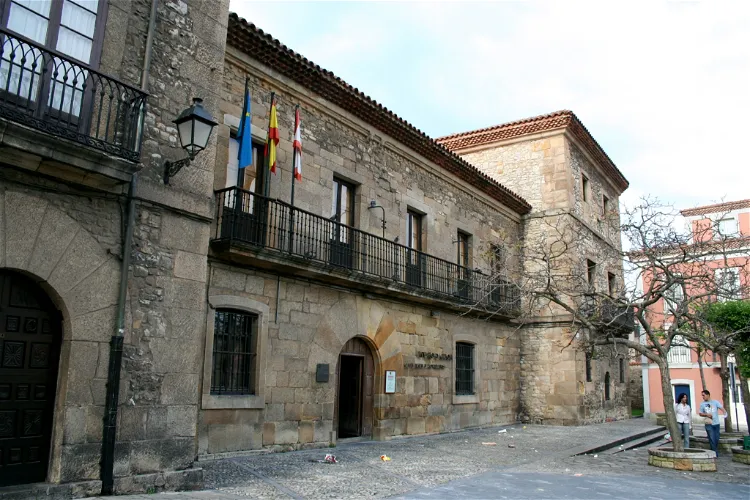
Jovellanos Birthplace Museum
GijónThe Jovellanos Birthplace Museum is situated in a palatial house in the Cimadevilla neighborhood of Gijón, Asturias, Spain. This location is steeped in history and offers a unique insight into the life and times of Jovellanos, a prominent figure in Spanish history. The museum is easily accessible and is a significant landmark in the city.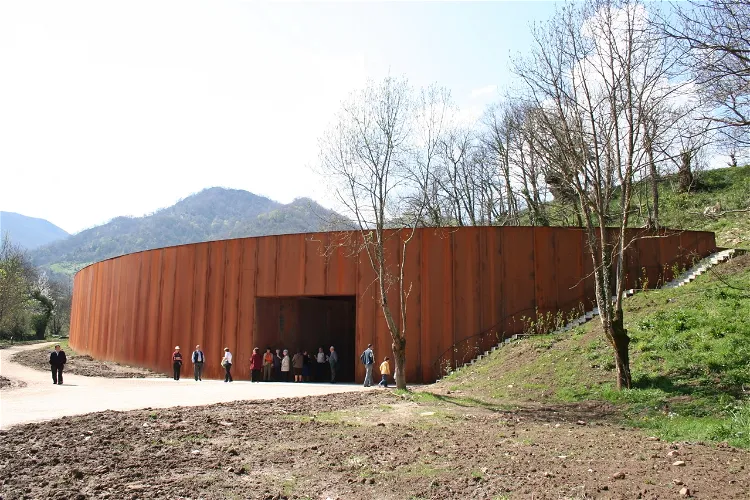
Prehistoric Park Teverga
TevergaThe park features two exhibition areas: The gallery and the Cave of Caves. Both these facilities, along with the service area that includes a cafeteria and a shop, are seamlessly integrated into the natural landscape. Only the entrances stand out in the relief, with the rest of each facility being underground.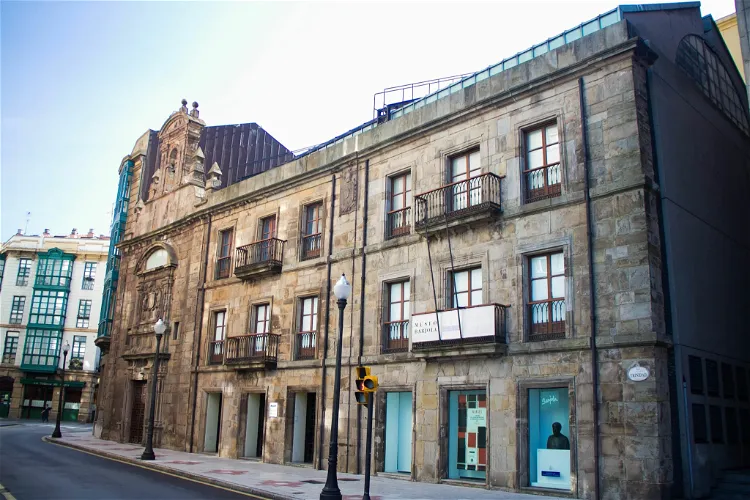
Barjola Museum
GijónThe Juan Barjola Museum is a cultural institution situated in the Asturian town of Gijón, Spain. This location is easily accessible and offers visitors the opportunity to explore the rich cultural heritage of the region.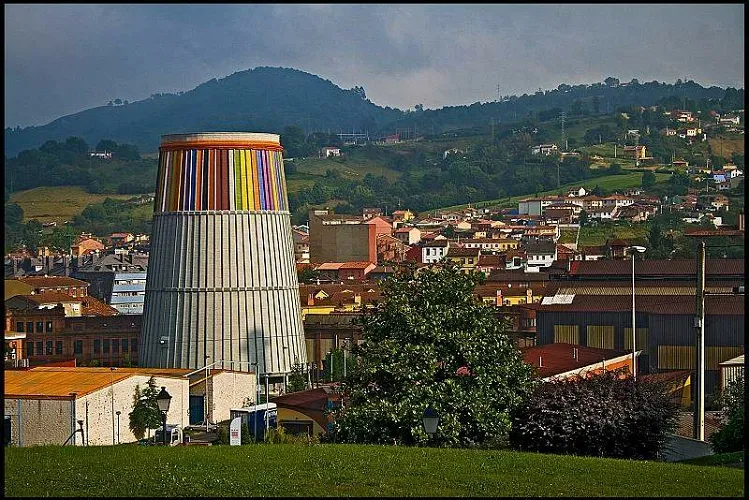
Iron and Steel Museum
LangreoThe Iron and Steel Museum of Asturias (MUSI) is a cultural center that was inaugurated in 2006. It is situated in La Felguera, within the council of Langreo in Spain. The museum is housed in part of the former La Felguera Factory, the first major integrated iron and steel plant built in Spain in the mid-19th century.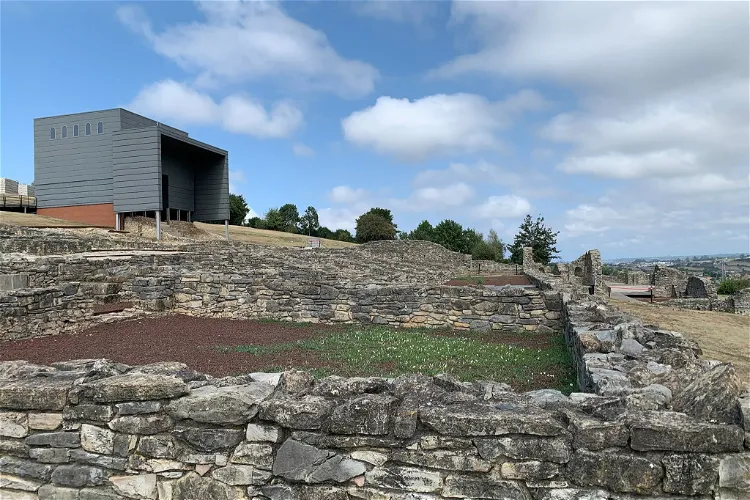
Roman Villa of Veranes
GijónThe Roman Villa of Veranes, located in the Veranes neighborhood in the parish of Cenero in the Asturian council of Gijón, Spain, is an archaeological site that offers a unique glimpse into the past. The site is home to the ruins of a Roman villa, which are interpreted and presented to the public through an on-site interpretation center. This allows visitors to gain a deeper understanding of the historical significance and context of the ruins.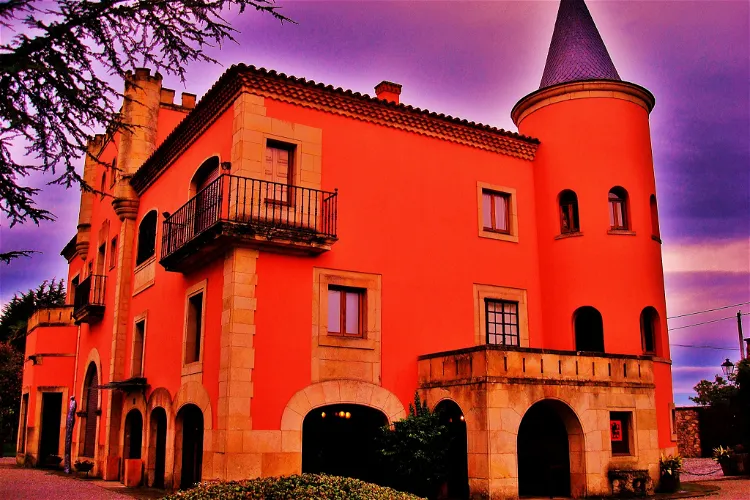
Evaristo Valle Museum
GijónThe Evaristo Valle Museum Foundation, located in Gijón, is a museum dedicated to the life and work of the local painter Evaristo Valle. The museum was founded in 1981 and officially opened its doors to the public on March 5, 1983. It serves as a tribute to the artist's legacy and offers visitors a chance to explore his artistic journey.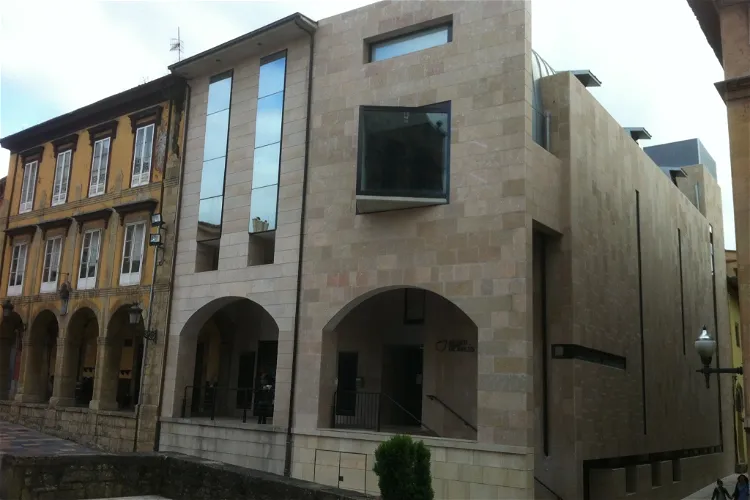
Museum of Avilés Urban History
AvilésThe Museum of Urban History of Avilés is situated within the city's historic-artistic complex. It is the first public space dedicated to the history of Avilés, a city in the Asturias region of Spain. The museum is designed to provide a chronological context of events that have shaped the development of the town over different periods, with a particular emphasis on the period from the granting of the charter by King Alfonso VI in 1085 to the present day.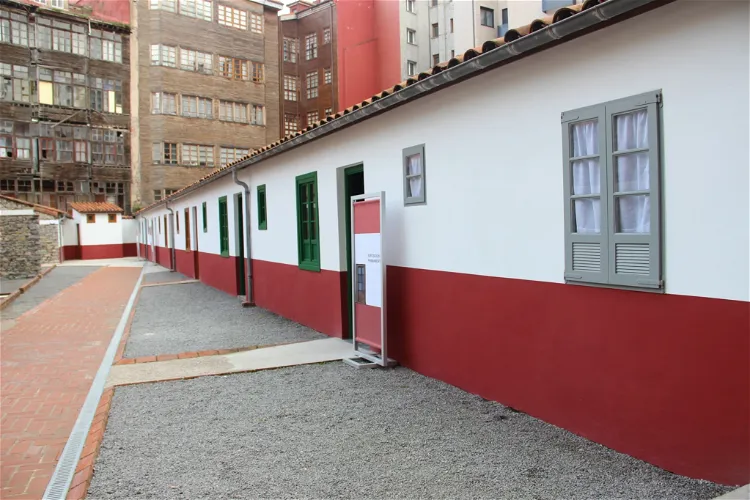
Celestino Solar Citadel
GijónThe Celestino Solar Citadel, located in Gijón, is a historical site that was constructed in 1877 by Celestino González Solar. The citadel was built in an area known as La Garita, which is now part of a block of buildings known as the Martillo de Capua. This location offers a glimpse into the architectural and social history of the region.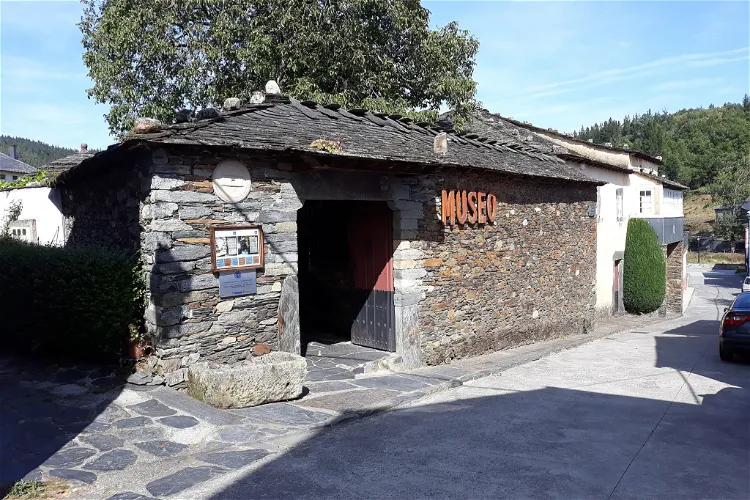
Ethnographic Museum of Grandas de Salime
Grandas de SalimeThe mission of the Grandas de Salime Ethnographic Museum is to collect, preserve, maintain, expand, investigate, communicate, and disseminate the tangible and intangible heritage of an ethnographic nature from Western Asturias. This mission is reflected in the museum's extensive collection of over 11,000 objects, which have been acquired through donations or purchases.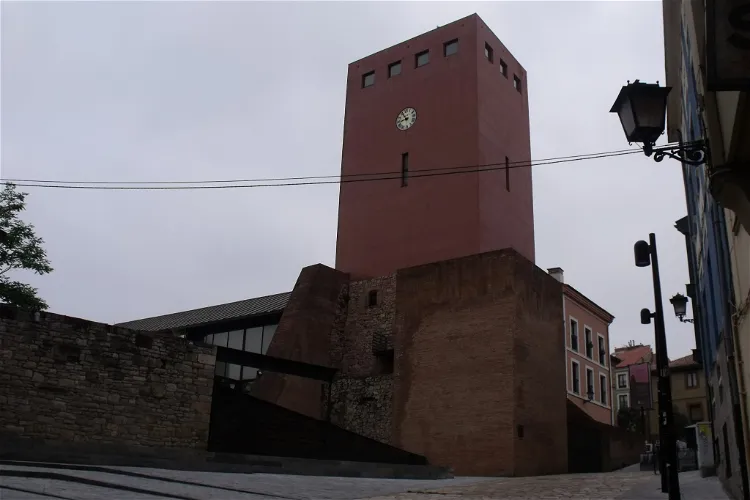
Torre del Reloj
GijónLa Torre del Reloj, a building dating back to 1572, is situated in the Cimadevilla neighborhood of Gijón, Asturias, Spain. The tower was reconstructed in 1989 at the same location with the initial intention of it serving as a museum and a viewpoint over the city. However, it is not currently used for this purpose.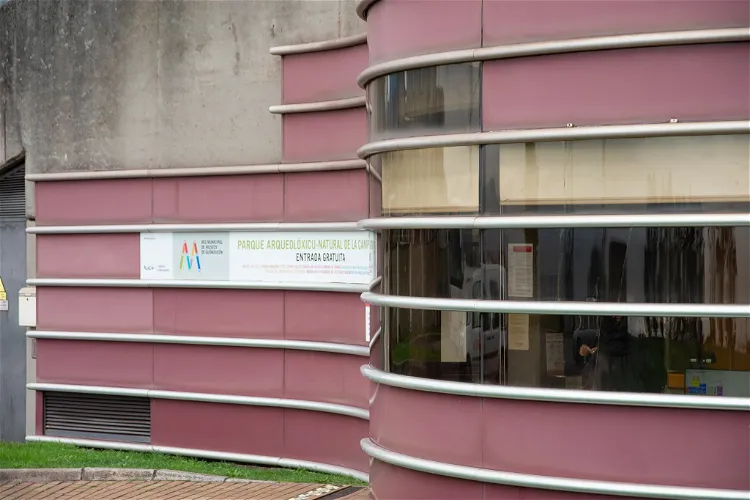
Campa Torres Archaeological-Natural Park
GijónThe Archaeological-Natural Park of La Campa Torres is rich in historical significance, housing various archaeological sites. Among these is the oppidum Noega, an ancient castro where the cilúrnigos lived. Visitors can explore these installations and gain insights into the lives of the ancient inhabitants of the region.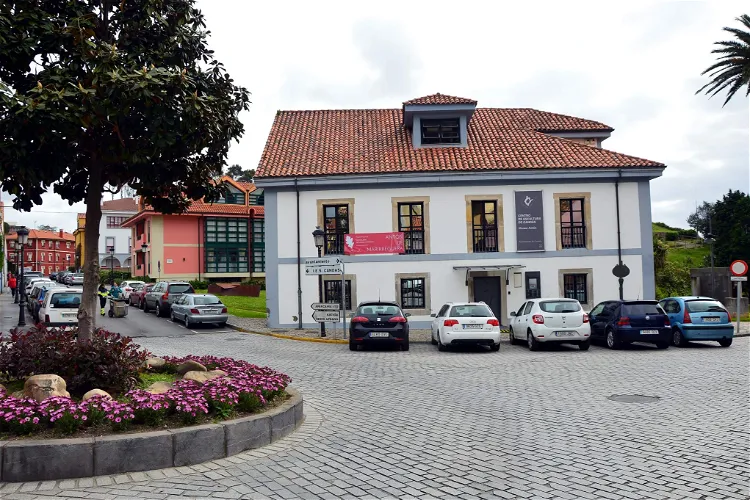
Centro de Escultura de Candás Museo Antón
CarreñoThe Centro de Escultura de Candás Museo Antón is a museum situated in the Asturian town of Candás, within the municipality of Carreño. This location is a significant cultural hub in the region, offering visitors a unique insight into the local art scene.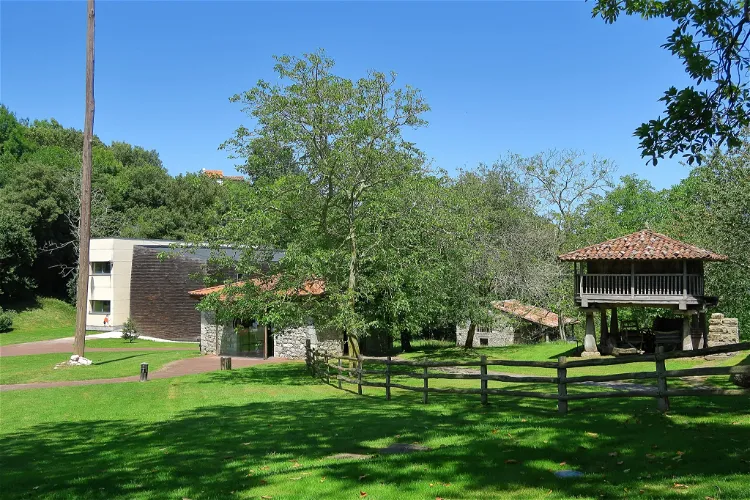
Museo Etnográfico del Oriente de Asturias
LlanesThe Museo Etnográfico del Oriente de Asturias is a quaint museum nestled in the village of Porrúa in Llanes, Asturias. This museum offers a unique glimpse into the region's rich cultural and historical heritage, making it an interesting stop for those keen on understanding the local way of life.- 15
Centro de Interpretación de la Emigración e Instrucción Pública
BoalThe Centro de Interpretación de la Emigración e Instrucción Pública is an interpretation center situated in the Asturian council of Boal. More specifically, it is located in the town of San Luis, which is approximately 2 km away from the municipal capital. To reach the center, one would need to take the AS-12 road in the direction of Grandas de Salime. - 16
Wood Museum
CasoThe Wood Museum of Caso, located in the Asturian town of Veneros, is a part of the network of ethnographic museums in Asturias, Spain. This museum provides a unique insight into the importance of wood in the traditional life of Asturian villages. - 17
Birthplace of the Marquis of Sargadelos
Santa Eulalia de OscosThe Museo Casa Natal del Marqués de Sargadelos is a museum located in the town of Ferreirela de Baxo in Santa Eulalia de Oscos. This museum is significant as it was the birthplace of D. Antonio Raimundo Ibáñez, the Marquis of Sargadelos. Visitors can learn about the life and works of the Marquis, who was a prominent figure in the 18th century. - 18
Ecomuseum of Somiedo
SomiedoThe Ecomuseum of Somiedo is a part of the Network of Ethnographic Museums of Asturias, Spain. This affiliation connects it to a larger community of museums that focus on ethnographic studies, providing a broader context for the exhibits and collections found within the Ecomuseum of Somiedo.